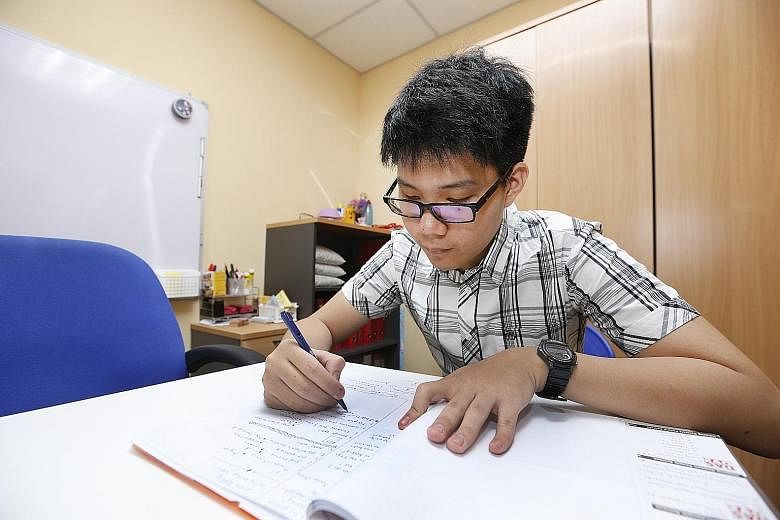Writing is virtually part of everything we do. It is one of the most powerful tools used to communicate our knowledge, emotions and beliefs, across distance and time.
Writing is a fundamental part of the school curriculum as an outcome and as a means to demonstrate learning across subjects and grades.
However, the writing performance of school-age children is a matter of considerable concern.
In the last 10 years, a solid body of research has shown that effective writing depends on the development of lower-order skills, such as handwriting and spelling, and of higher-order skills, such as planning and revising.
And there is a strong relationship between handwriting automaticity (often called fluency) and written composition.
The ability to write quickly and effortlessly allows children to focus on translating ideas into writing, thinking about what they want to say about the topic at hand.
Poor handwriting may conceal the writing potential of primary school children. And teaching handwriting improves both automaticity and the writing quality of texts produced by students in primary and secondary schools.
However, little is known about the handwriting automaticity of pre- primary children, when formal writing instruction typically begins.
WHAT IS HAPPENING IN CLASSROOMS?
We have an incomplete picture of what is going on in classrooms across the world to teach writing.
Most research on the teaching of writing has been developed in the United States. Several national surveys there have examined the practices of primary and secondary school teachers. These surveys showed that little time is devoted to writing instruction.
Research developed in the US and Britain also indicates that explicit handwriting instruction is not a daily practice, and that teachers may lack knowledge of evidence-based practices to teach handwriting.
Our research examined 177 children on their level of handwriting automaticity at the end of their pre-primary year. These children were enrolled in 23 classrooms from seven primary schools in Western Australia.
The ABC task was used to measure students' ability to access, retrieve and write letter forms automatically and accurately.
We also assessed teachers' practices for writing instruction and the time allocated to teach specific writing skills.
Results indicate that 20 per cent of the difference in the children's level of handwriting automaticity could be attributed to teaching practices, even when accounting for the children's gender and reading skills.
Our study findings also indicate that the time devoted to teaching writing is highly variable, ranging from 20 minutes to five hours per week. This is worrying.
It suggests children may be spending less than the recommended 30 minutes to 45 minutes of daily writing practice in pre-primary schools.
•Dr Anabela Malpique is a research associate at the School of Education, Murdoch University; and Dr Deborah Pino-Pasternak is a lecturer and ARC Decra Fellow at the School of Education, Murdoch University.
•This article first appeared in theconversation.com, a website of analyses from researchers.

